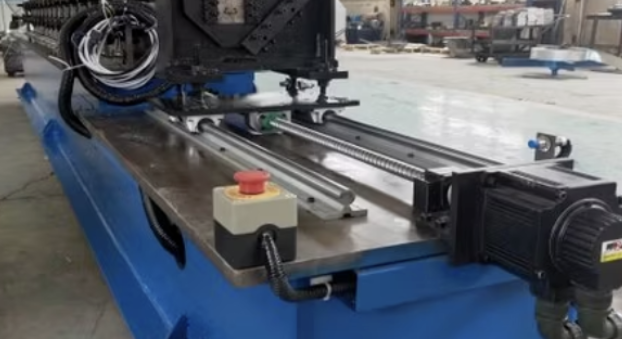
Posted on Monday, November 25, 2024
Spain's renewable energy sector is experiencing remarkable growth, driven by its commitment to sustainability and its advantageous geographic position for harnessing solar, wind, and hydropower. A key enabler in this sector is the roll forming industry, which plays a critical role in producing components essential for renewable energy infrastructure.
This article explores how roll forming contributes to Spain’s renewable energy advancements, highlighting its applications, benefits, and future potential.
Spain ranks among Europe’s leaders in renewable energy production, with ambitious goals set under the European Union’s Green Deal and the nation’s own renewable energy targets. In 2022, renewable energy accounted for over 40% of Spain’s electricity production, with solar and wind power making up a significant share. This growth has created a demand for efficient, cost-effective, and sustainable manufacturing solutions, such as roll forming.
Roll forming is a manufacturing process that shapes metal into specific profiles, enabling the production of high-strength, lightweight components. In the renewable energy sector, its applications are diverse:
The roll forming process offers several advantages that align with the renewable energy sector’s goals:
The renewable energy sector's growth in Spain will likely drive innovations in roll forming, including:
The roll forming industry is poised to play a transformative role in Spain’s renewable energy sector. By producing high-quality, efficient, and sustainable components, roll forming supports the country’s journey towards a greener future. As renewable energy projects expand, collaboration between roll forming manufacturers and energy companies will be vital for achieving Spain’s ambitious energy goals.
FAQs
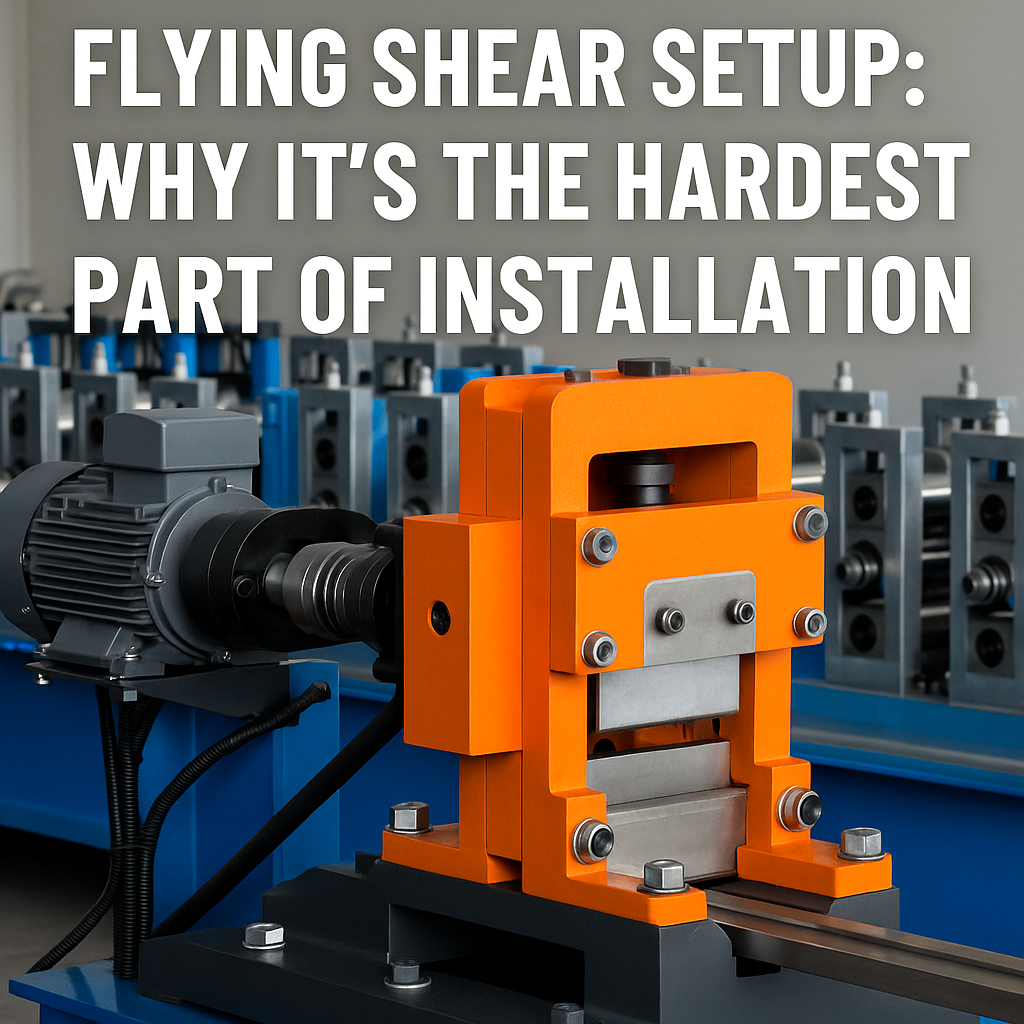
Flying Shear Setup: Why It’s the Hardest Part of Roll Forming Machine Installation
Posted on Monday, November 24, 2025
If you want a header image, meta description, or series continuation, just tell me.
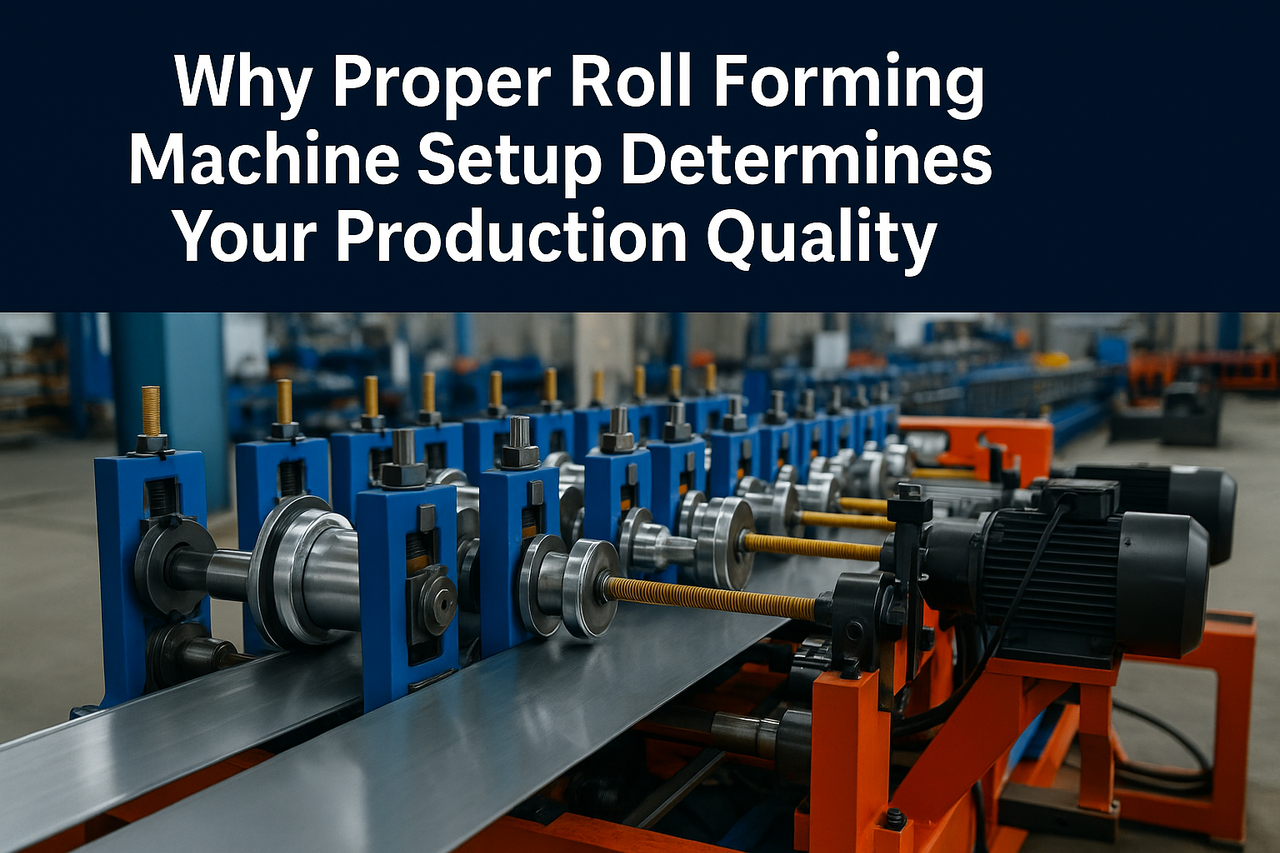
Why Proper Roll Forming Machine Setup Determines Your Production Quality
Posted on Monday, November 24, 2025
The #1 factor that decides accuracy, scrap rate, speed, and consistency.
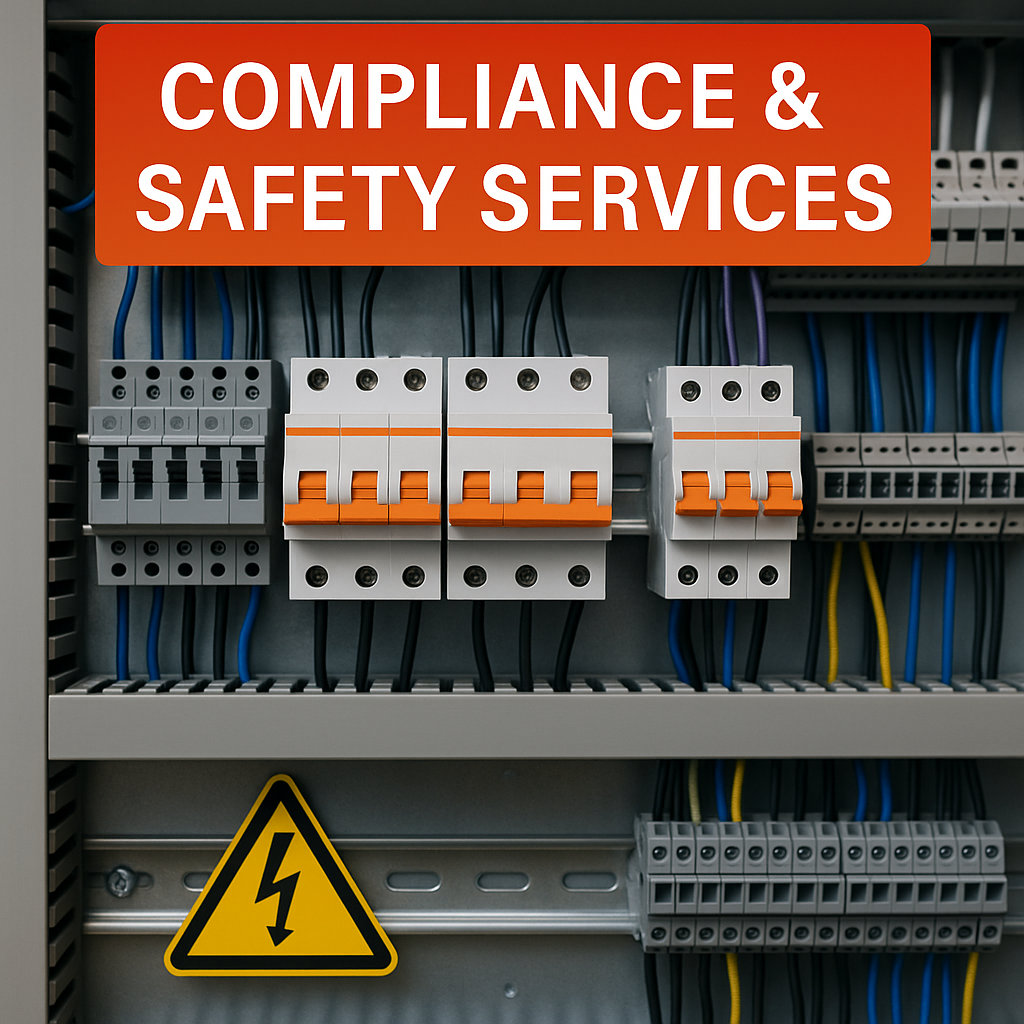
Compliance & Safety Services for Roll Forming Machines — Full Guide
Posted on Sunday, November 23, 2025
How Machine Matcher keeps your machines safe, legal, and fully compliant with CE, UL, and UKCA standards.
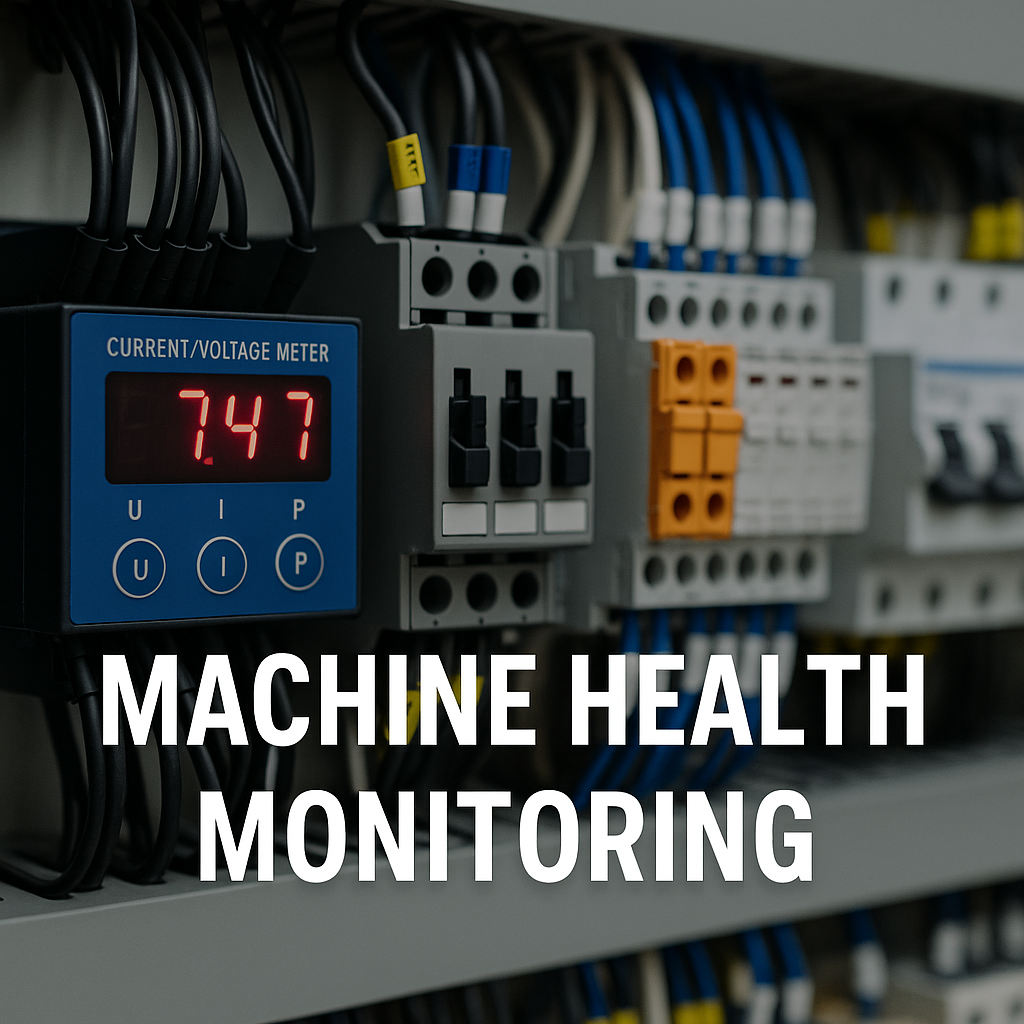
Machine Health Monitoring for Roll Forming Machines — Complete Diagnostic Service Guide
Posted on Sunday, November 23, 2025
Continuous diagnostics that prevent breakdowns, reduce downtime, and extend machine life.
Copyright 2025 © Machine Matcher.